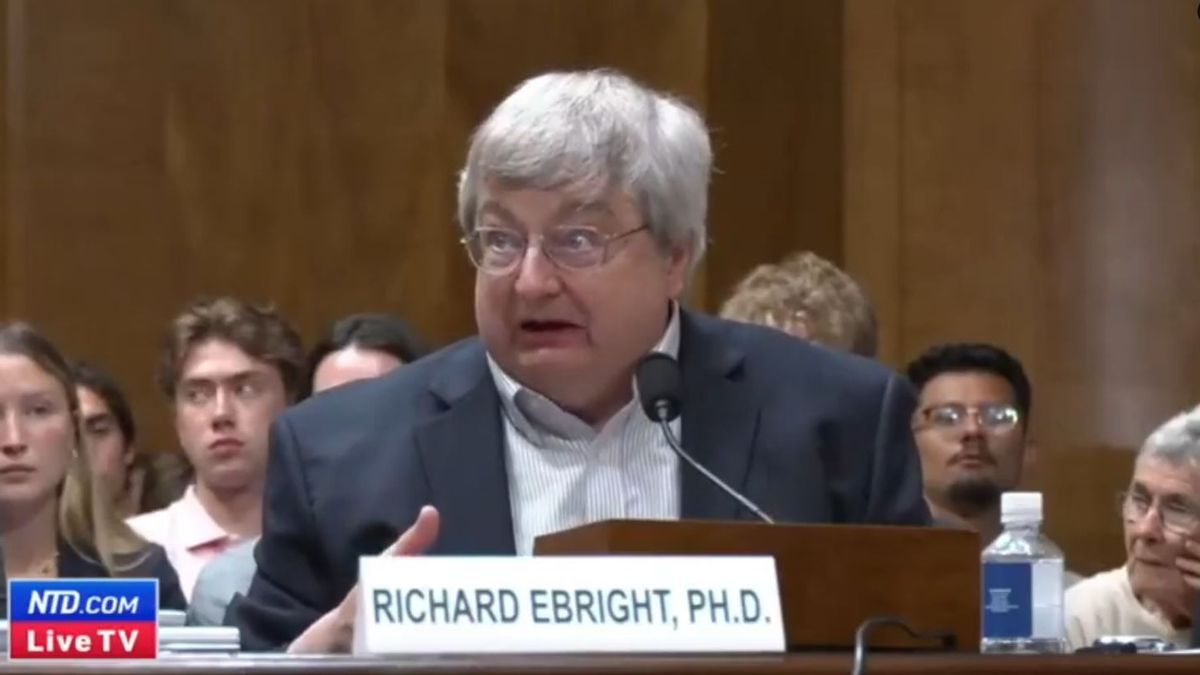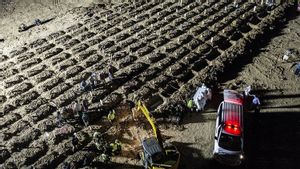The study stated that the two possible origins of the strain named WIV14 must be traced. First, this polio could have originated in the wild. However, the second possibility that is more worrying is that the virus may have leaked from the WIV laboratory.
Research from the Pasteur Institute revealed that WIV14 has a striking resemblance to the polio strain used for vaccine production in the 1950s, and it is likely that this virus has experienced few mutations in the laboratory.
Dr. Mahatul Bessaud, director of the poliovirus research center at the Pasteur Institute, said that this strain may have been the result of cross-contamination in the Wuhan laboratory. If true, this incident could have become one of the many virus leaks in the past that were not well documented. This study further adds to global attention to potential laboratory leaks involving the deadly virus.
The Wuhan Laboratory, which previously received global attention due to the alleged leak of the Covid-19 virus, is now back at the center of attention. Security concerns in this laboratory became increasingly critical after various findings revealed potential breaches of safety protocols. In fact, US aid funds for this laboratory were cut by US President Joe Biden's administration last year due to growing concerns among policymakers on Capitol Hill.
Dr. Richard Ebright, a molecular biologist who was not involved in the study, stressed the importance of improving surveillance and management of laboratories dealing with dangerous pathogens. According to him, "These findings highlight the high frequency of virological research incidents that endanger the public and the need for tighter surveillance at the national and international levels."
Polio And Threat Of Virus Leaks
Although global vaccinations for more than half a century have succeeded in suppressing polio, cases of this virus continue to emerge in some conflicting areas, such as Gaza, Afghanistan, and Pakistan. In 2024, WHO recorded 34 polio cases in Afghanistan. Meanwhile, the virus also re-emerged in the United States in 2022, where more than 70 polio virus samples were detected in waste testing in New York.
SEE ALSO:
This latest study compares genomes from the WIV14 strain to the polio vaccine strain known as the "Sauket A" used in the 1950s. The results show that the difference between the two strains is only in 70 nucleotides, out of a total of more than seven thousand nucleotides in its genome. This reinforces the allegation that the WIV14 strain most likely originated in the laboratory, and not the result of natural mutations in the wild.
Although until now there is no definite evidence to suggest that the WIV laboratory is responsible for the polio outbreak, the study further strengthens concerns regarding laboratory security dealing with the deadly virus. In addition, criticism of WIV has risen after previously this laboratory was also accused of being the source of the spread of the Covid-19 virus.
Experts around the world are now calling for increased scrutiny of laboratories dealing with dangerous pathogens. Dr. Ebright asserted that, "Both through contamination in laboratories or laboratory leaks, these findings underscore the need for tighter scrutiny of bioscience security around the world."
This discovery sparked major questions about the world's readiness to deal with the risks of laboratories researching the deadly virus. Following these findings, the pressure is increasing to improve regulations related to the handling of dangerous pathogens in order to avoid future pandemic threats.
The English, Chinese, Japanese, Arabic, and French versions are automatically generated by the AI. So there may still be inaccuracies in translating, please always see Indonesian as our main language. (system supported by DigitalSiber.id)


















